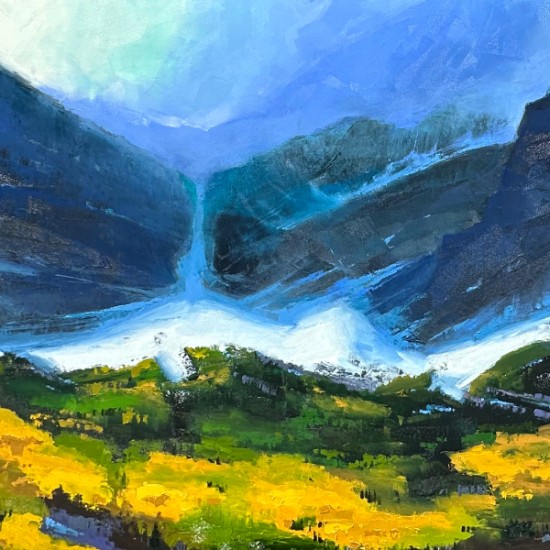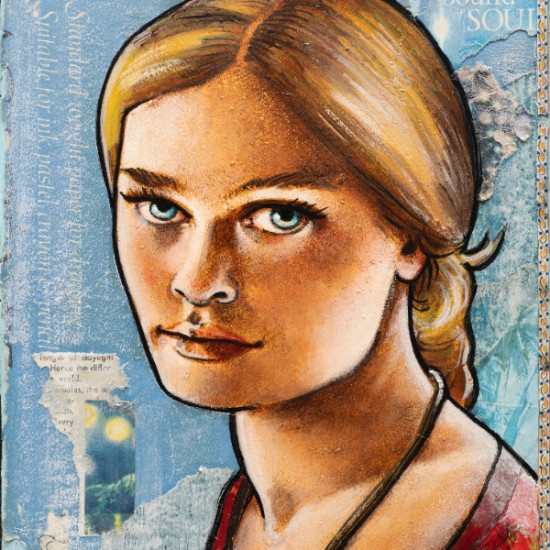María Isabel Anita Carmen de Jesús"Chavela" Vargas Lizano 17 April 1919 – 5 August 2012) was a Costa Rican-born Mexican singer. She was especially known for her rendition of Mexican rancheras, but she is also recognized for her contribution to other genres of popular Latin American music. She was an influential interpreter in the Americas and Europe, muse to figures such as Pedro Almodóvar, hailed for her haunting performances, and called "la voz áspera de la ternura", 'the rough voice of tenderness'. She received the Lifetime Achievement Award at the 8th Annual Latin Grammy Awards.
Vargas' gender performativity did not reflect the Western binary of gender because she wore more masculine clothing, which in the 1940s, included pants, charro suits, sombreros, guayaberos, and ponchos. Mid-20th century Mexico was not as accepting of Vargas and her music because her gender expression and sexual orientation were constantly questioned throughout her career. Vargas was publicly identified as a lesbian and her music would reflect queer love, joy, and heartbreak. Emma Perezcommented on Vargas' role in shaping queerness in Mexico's music industry and calls it the sitio she "formed within Mexican popular music, a space/place for mestiza lesbian subjectivity, desire, and sexuality."[22] Vargas' ability to engage with her sexuality through her music amidst finding success in a traditional country, where there was deep-rooted homophobia and religious fundamentalism, paved the way for LGBTQ artists like Concha Buika and other Latin women artists such as Lila Downs, Eugenia León, La Santa Cecilia, Julieta Venegas, and more.Vargas' live performances and her music were passionate yet subtle references to her personal life. She naturally challenged structural notions of masculinity through her music and performance, since "she often declined to change the pronouns in love songs written by men from 'she' to 'he.' But she also tended to shun modern gender pigeonholes, noting that many described her as 'una rareza' -- a rarity." Vargas' artistry was determined by her queer experiences and performance, which was an image she held long before it was widely celebrated and accepted.
(Courtesy Wikipedia)
The ephemera I collaged into the piece includes cerveza labels from Mexico; a Maui Jim sunglass box; pages from an old astronomy textbook; a used Double Time Dance Studio punchcard; a torn poster from Brazil; fireworks trash from New Mexico.






